A popular adage proposes that strong fences contribute to harmonious neighborly relations. However, issues arise if a fence situated on a neighboring property is dilapidated or visually unappealing. These circumstances may cause difficulties. While certain people may be tempted to clean their part of the fence, questions of legality might emerge concerning their right to perform these actions.
If this is you, here’s your answer; you can’t clean your side of your neighbor’s fence without seeking their permission first. As long as the fence doesn’t lie on your side of the property line, the neighbor can sue you for vandalism if you do.
However, every state has different laws regarding boundary fences. Therefore, your answer may not be this straightforward. Read on to understand your fencing rights and how to resolve any neighborly disputes that could arise.
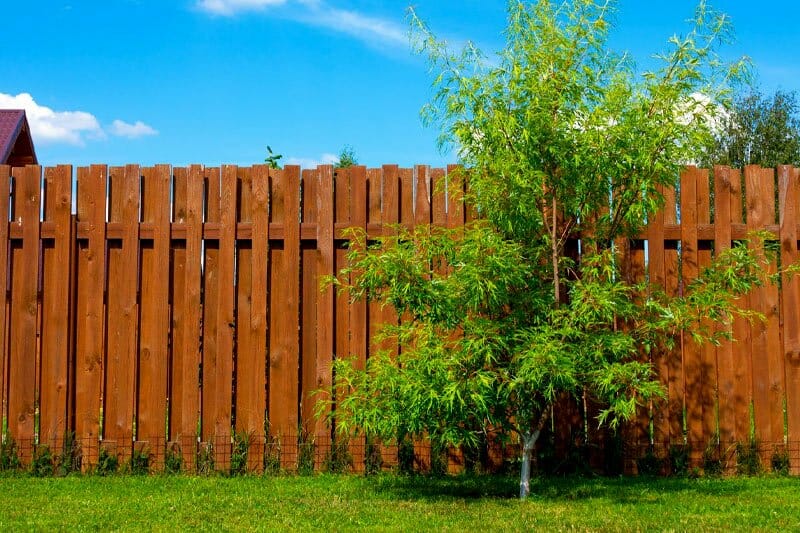
Fencing laws - What are your rights?
Before doing anything to your neighbor’s fence, you need to understand what the fence laws in your area say regarding ownership and maintenance.
In most states, the fence laws state that the ownership of a fence on the property line should be shared between the two adjoining neighbors. This means that each neighbor has to contribute to the installation, repairs, and maintenance costs.
If this is the case in your state, you are, therefore, legally allowed to clean your side of the fence.
However, the fence laws make some exceptions on when you’re required to share the costs for your boundary fence. These include:
- If the neighbor wants to erect a more expensive fence than what’s necessary. Here, he/she will have to shoulder the additional costs.
- If the neighbor’s actions cause some damages to the fence. For this, he/she is required to bear the cost of repairs and replacements.
Most importantly: All these laws apply only if the fence is on the property line. If the fence is completely on your neighbor’s side, you can only make complaints to your local council or a small claims court, but can’t change anything.
What if the neighbor refuses?
So, with the fence laws in mind, you now probably know that you need your neighbor’s permission to clean your side of the fence. If you have a good relationship with them, most neighbors will happily agree.
But if the neighbor refuses, there are still a few things you can do. One of them includes involving a third party, i.e., mediation. The neutral party can help both of you come to an agreement that works for both of you.
If this still doesn’t work, you can opt to construct a fence on your side of the property line. This may not be the cheapest option, but it’s a better solution than having constant wars with your neighbor.
What if you’re not sure where the boundary line is
To avoid any legal action taken against you, you’ll need to know where your boundary line is. For most properties, they’ll usually be permanent markers indicating the ends of your property.
But if you can’t find the markers, you can find the details of the property lines on your title deed. Your local county assessor may also have a physical property line map in their office or on their website.
As a last resort, you can still choose to hire a land surveyor who’ll map out the exact locations of your property lines.
What can you do if neighbors’ fence encroaches on my property?
If after the survey you discover that your neighbor’s fence encroaches into your property, your first step should be to alert the neighbor. In many cases, they aren’t usually aware of this situation and will quickly move it once you notify them.
If you want the fence to remain but still have the freedom to clean and alter your side of it, it’s best to have a written agreement. Make sure it’s filed at the local town office as well.
But if the neighbor refuses to move the structure you can choose to settle the matter out of court using a mediator. Some states actually have fence viewers who can help you resolve such disputes.
Other homeowners opt to sell the part of the land that’s been encroached on to the neighbor. This will resolve the conflict and still make you some money while at it.
Finally, if worse comes to worst, you can opt to file a lawsuit. For this, you’ll need to have documents that prove you own the property and also that the neighbor’s fence is on your land illegally.
The process may be costly and take a long time before you finally get the matter resolved. Therefore, it’s best to avoid it if you can.
Note: Even if the fence is on your side of the property line, don’t be quick to remove the fence before your case has been determined. Otherwise, you might end up having to compensate the neighbor for the damages.
Should you get the good side?
Yes and no. Even though having the good side of your neighbor’s fence would eliminate your need to clean it, there’s usually no rule demanding the neighbor to give you the good side of the fence.
Your neighbor doesn’t have to change their fencing plans just because you want the good side. Giving you the ‘good side’ is usually just a courtesy to avoid any confrontations and disputes.
Can my neighbor force me to repair the fence?
Not really. Since the fence is on his/her property, the neighbor has to cover all the repair costs required. However, if you chose to clean your side of the fence and it interfered with the fence structure, the neighbor may sue you.
The small claims court can charge you with vandalism and force you to cover the repair costs for the neighbor’s fence. You can also be charged with trespassing into your neighbor’s property which will attract hefty fines.
So, before you do anything that could affect your neighbor’s fence, always consult them first.
Fence Etiquette tips to avoid fence disputes
Finally, all the fence problems that arise among neighbors can be easily avoided if neighbors choose to follow these simple fence etiquettes:
Tip 1: Always communicate
Like any other relationship, communication remains key in avoiding a dispute with your neighbor. You’ll be surprised at just how well you can get along if you share your plans with him/her.
Whether it’s cleaning your side of the fence, or erecting a fence on your property, talking to the neighbor is polite and gives your neighbor the opportunity to cost-share.

Tip 2: Let your neighbor have the good side
While you don’t have to do this, installing the finished or painted side of the fence facing your neighbor helps avoid unnecessary complaints. Alternatively, you can choose a fence with both sides finished e.g., the shadow box fence, so that every neighbor is satisfied.
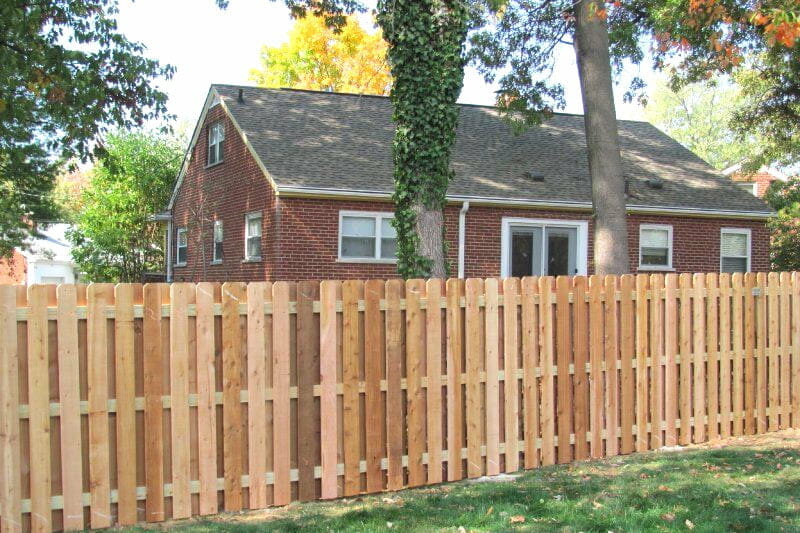
Tip 3: Maintain both sides of the fence
Another reason for arguments between neighbors is that the owner only maintains their side of the fence. Ignoring the neighbor’s side of the fence will make it an eyesore pretty quickly and this will reflect badly on their property.
Therefore, ensure that after installation, you regularly clean, paint and maintain both sides of your fence to ensure it looks great in the long run.
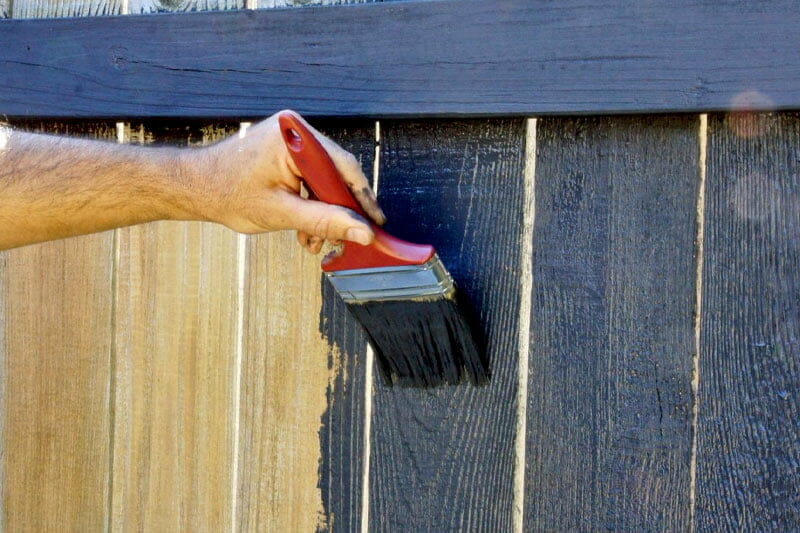
Tip 4: Observe the property lines
Before erecting your fence or making any major repairs, ensure you know where the property lines are. This will help you avoid encroaching into your neighbor’s land.
A rule of thumb is to have your fence just a foot or two inside the property line. This way, you’ll still be able to maintain the other side without trespassing into your neighbor’s land.
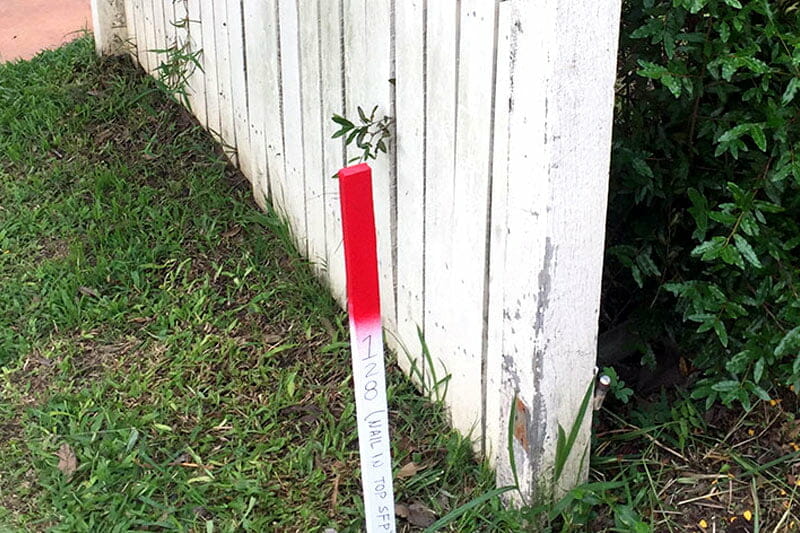
Tip 5: Check your local laws
Every township and municipality has its set laws on the fencing height limits, setback regulations, and even the materials usable. Pay extra attention, especially if your property is on a corner lot since the regulations might be stricter.
Always check these regulations and permit requirements from your local council office before making any changes to your fencing.
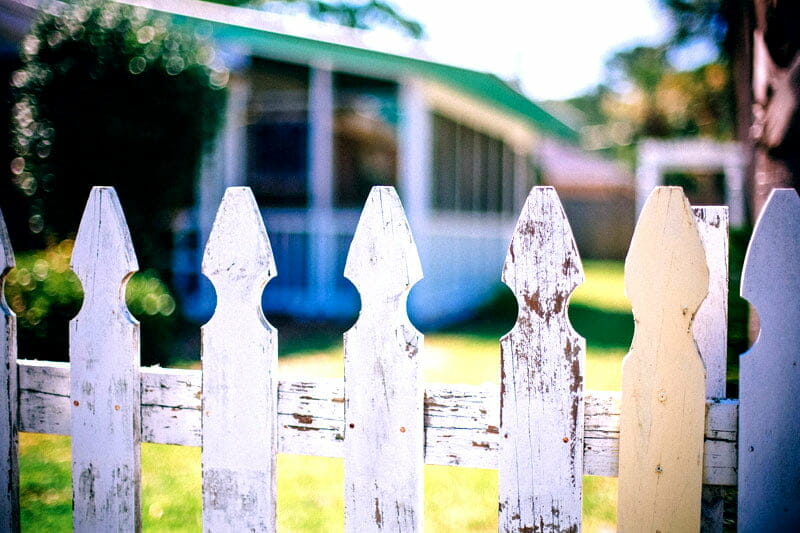
Tip 6: Check your HOA regulations
Your local homeowner’s association may also have several rules regarding the fencing in your neighborhood. They highlight what you can and can’t do to ensure the fencing styles and patterns within the area remains standard.
If such rules exist in your area, observing them will limit the number of fence disputes that could arise with your neighbor.

FAQ's
No! Unless the fence lies on their side of the property line, the neighbor can’t do anything about it. However, if the fence is on the property line, the fence laws in your state might consider you both co-owners of the fence.
You’ll first need to seek their permission. If you paint the neighbor’s fence without their consent, you risk being sued for vandalism and even trespassing.






